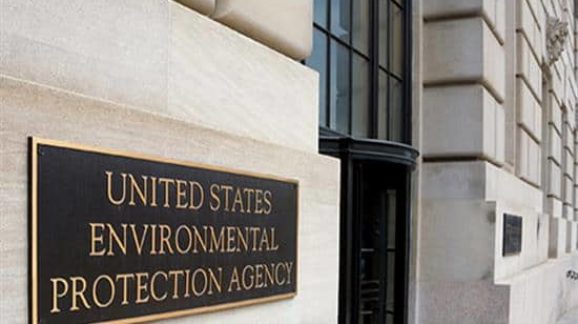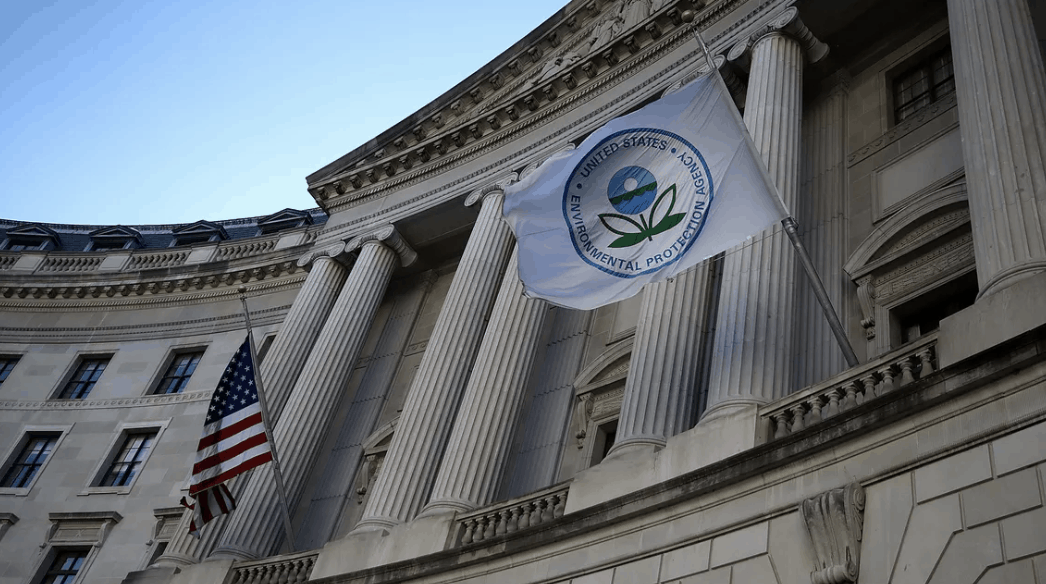Lawmakers’ Fatal Conceit on Recycling Should Be Trashed

 “The more things change, the more they stay the same” is a wise observation, and it’s particularly true in politics. I’ve been following solid waste management policy for about 30 years, and every so many years there is a new spin on the so-called “garbage crisis.” The circumstances may change but the problem remains the same: politicians think they can better manage waste than individuals in a free marketplace. Time and again, their fatal conceit is proved wrong.
“The more things change, the more they stay the same” is a wise observation, and it’s particularly true in politics. I’ve been following solid waste management policy for about 30 years, and every so many years there is a new spin on the so-called “garbage crisis.” The circumstances may change but the problem remains the same: politicians think they can better manage waste than individuals in a free marketplace. Time and again, their fatal conceit is proved wrong.
In fact, market pricing driven by competition among environmentally sound disposal options—from recycling to incineration to landfilling—would produce the best and most environmentally and economically efficient mix of disposal solutions.
But truly free markets are rarely given a chance as policymakers forever try to solve the politically created “garbage crises.” During the 1990s, it was also called a “landfill crisis”—based on the claim that the United States would run out of landfill space, which never happened. After that, we had the “e-waste crisis,” which remains an issue today despite lawmakers’ best efforts to “solve” it. Now policymakers, environmental activists, and other so-called “stakeholders” want to address the “recycling crisis,” supposedly created because China has reduced imports of U.S. recyclables, starting in early 2018. With a reduced export market, states and localities across the nation have nowhere to go with plastics (also dubbed the “plastics crisis”) and other recyclables they collect under local government programs.
While China’s waste disposal system is a mess because of its socialist economic system and basic disregard for human rights, its policy to limit recyclables makes some sense. According to the Financial Times, China’s new standard for imported recyclables sets such a “high bar for the cleanliness of the materials that can be imported that most people in the industry refer to it as a ‘ban.’” Recyclables that are dirty and contaminated with food waste and other substances are not only dangerous to sort and clean, they are often not actually recyclable and must go into a landfill anyway. In China, those “landfills” may include open dumps from which waste can migrate into oceans—a serious problem.
In the United States, government-collected “recyclables” are piling up in cities around the nation because there’s now a diminished market for them. Environmental Protection Agency (EPA) Administrator Andy Wheeler, to his credit, so far has not advocated federal mandates, which is wise. However, the EPA has a plan for a host of activities to conduct along with stakeholders to promote recycling. Congress has also jumped into the fray with the introduction of the “RECYCLE Act,” which would dole out $75 million for “recycling education.”
None of these activities will solve anything, because this “crisis,” like others, is created by government intrusion in the garbage marketplace, which has been going on for a long time. For decades, the federal government encouraged states and local governments to develop 5- to 30-year plans for solid waste management that would have made Soviet economic planners proud. These state and local waste management plans attempt to estimate how much waste a city might produce over decades as well as what kind of wastes (paper, plastic, glass, etc.) and the percentages of each. Then officials make decisions on how much they will recycle, landfill, or burn in a waste-to-energy plant.
Like Soviet economic planning, these plans fail because public officials simply don’t have enough information about future waste streams, nor can they envision future disposal technologies. They eventually make poor decisions, invest in the wrong technologies, and choose inefficient disposal options.
As a result, localities often expend precious tax dollars to either force or subsidize various players into the market—from consumers to haulers to recycling companies—to conform to the plan rather than pay attention to market realities. Recycling is pushed because it’s politically popular, despite the fact that ill-conceived recycling programs are often expensive and unworkable. They force homeowners to sort and clean recyclables, and then the city sends out special trucks to pick them up—even when there’s no market for a large percentage of them. Ultimately, many recyclables are then landfilled anyway.
In addition, some portions of recyclable waste are also recycled in a way that is more environmentally damaging than landfilling. While market-driven recycling does save resources, government subsidies or forced recycling can use more energy, water, and emit more pollution than other disposal options. And because such programs can become an expensive drain on government coffers, many cities stop them only to restart them a few years later because of political pressure to “recycle.” It’s a vicious cycle.
Government planning has also led local governments to issue bonds for massive waste-to-energy facilities that prove economically unsustainable because haulers chose to simply take waste to much more affordable landfills. So rather than lick their wounds and learn to avoid bad investments, the towns and cities simply passed laws forcing haulers to only do business with the government waste-to-energy facilities, banning competition with private landfills. Had such coercive action been taken in the private marketplace, it would probably constitute racketeering. Fortunately, haulers took their case to the Supreme Court and won because such anti-competitive behavior proved an unconstitutional violation of free commerce between the states.
Feds also have a long history of setting national recycling goals that encourage states to set up recycling programs as part of their plans. During the 1990s, for example, the EPA set a 25 percent waste recycling goal, which encouraged localities to waste gobs of taxpayer dollars trying to serve politically driven waste management preferences rather than allow markets to work. Today, the EPA claims that 35 percent of the nation’s waste is recycled thanks to all their goal setting, but there’s plenty of reason to be skeptical of that assertion.
First, this number includes yard waste that is composted. If you take yard waste out, the EPA’s figure drops to 25 percent, but it’s not clear how much of that 25 percent is really recycled. In fact, if the waste is not sorted and cleaned properly and/or if markets are lacking, much of it is simply temporarily diverted before it goes to a landfill or incinerator, either domestically or overseas. In fact, as public officials in American cities patted themselves on the back for meeting some politically derived recycling goal by shipping waste to China, they had no way of knowing how much of those “recyclables” were actually recycled and how much were simply diverted to landfills or open dumps.
It’s high time that we stopped pretending that government planning for waste disposal could ever be more efficient than market pricing and competition. Political management generates “crises” that lead public officials to waste local tax dollars on unworkable programs, while doling out millions of federal dollars to “educate” people on how to comply with these wasteful programs. Markets, on the other hand, respond to changing conditions, solve problems, and drive disposal to the most economic and environmentally sound options.